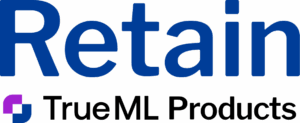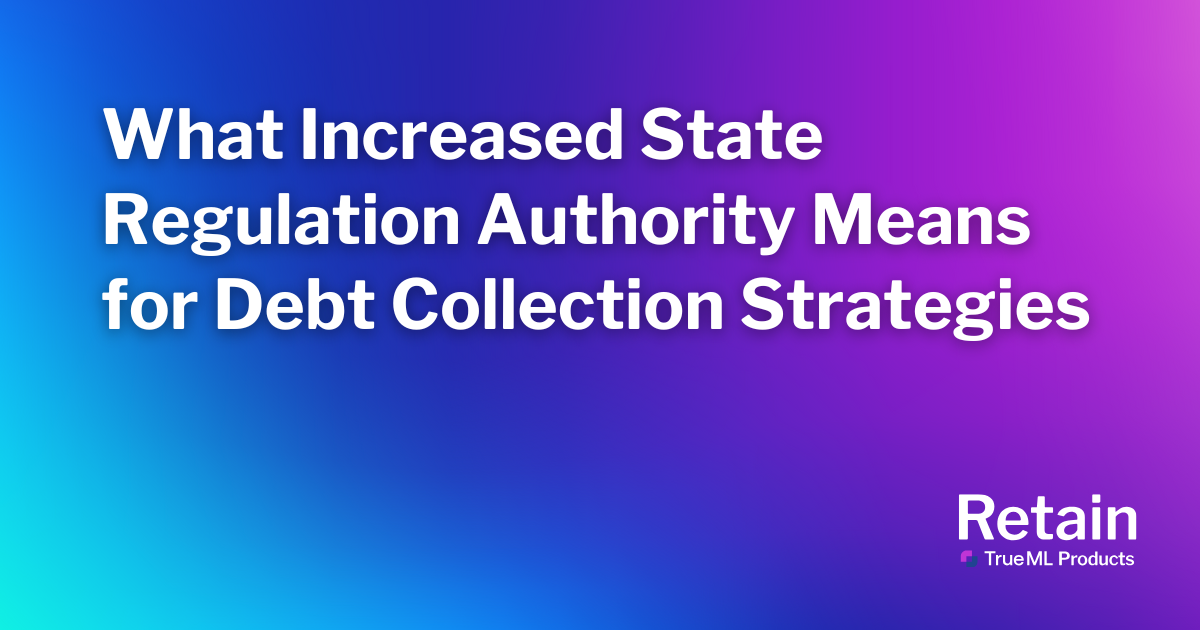The latest quarterly report from the Federal Reserve Bank of New York paints a concerning picture for financial institutions, particularly credit unions. Household debt reached a staggering $18.04 trillion by the end of Q4 2024, signaling a growing concern for credit risk. In response, the National Credit Union Administration (NCUA) has named credit risk as a key supervisory priority for 2025, urging credit unions to remain vigilant as delinquencies and charge-offs climb.
At the heart of these challenges is a sharp increase in delinquency rates, which are exceeding even the worst levels seen during the global financial crisis of 2008. With rising inflation, high interest rates, and financial strain on borrowers, credit unions are facing a daunting task of managing these risks while continuing to serve their members.
The good news is that there are SaaS solutions for credit unions to help mitigate the impacts of rising delinquencies and improve recovery efforts. These AI-driven digital communication tools may hold the key to streamlining collections, enhancing member experiences, and reducing risk exposure.
Let’s first take a closer look at the delinquency and debt collection challenges credit unions must navigate in 2025.
Debt Collection Challenges for Credit Unions in 2025
As mentioned above, the credit union industry is grappling with increasing delinquency rates and charge-offs. This is reflected especially by the struggles of many younger members who face rising living costs and student debt. According to the NCUA’s 2025 Supervisory Priorities, loan delinquencies have surged by over 10% year-over-year. At the same time, net charge-offs are at their highest levels since 2012. Notably, credit card loan delinquencies have outpaced all other loan types, with a delinquency rate of 91 basis points (bps) in Q3 2024, the highest seen in a decade.
For credit unions, these trends are most visible in areas such as:
- Auto Loans: Delinquencies for auto loans have steadily increased since mid-2022, a trend exacerbated by high inflation and rising interest rates. As of 2024, 30+ days past due (DPD) delinquencies are at their highest levels for both small and large credit unions, signaling growing financial stress among borrowers
- Unsecured Credit Cards: Credit card delinquencies have also climbed, with rates for 30+ DPD and 90-120+ DPD loans rising during the second half of 2024.
- Unsecured Personal Loans: Delinquencies have risen across the board for unsecured personal loans, but 30+ DPD delinquencies among smaller credit unions remained lower than those of fintech lenders, and larger credit unions managed to level off in 2024 after a sharp uptick in early 2023. Yet, even though they may be lower than some of their fintech counterparts, delinquencies are still on the rise.
Given these financial pressures, credit unions must adapt quickly to manage risk while continuing to provide value to members. This challenge is one of the reasons why SaaS solutions for credit unions have seen a surge in use.

Managing Delinquencies and Recovery Efforts with AI-Guided Automation
To address these challenges, credit unions must modernize their communication strategies in order to effectively engage members, especially for those either already in delinquency or on the verge of slipping. It’s no secret that consumers’ communication preferences have been shifting overwhelmingly to digital channels. But achieving better member engagement and liquidation rates is not as simple as sending one-size-fits-all mass blast email campaigns.
Integrating advanced technologies like artificial intelligence (AI) and machine learning is one of the keys to member engagement and digital communication in 2025. The number of tools and services popping up with the “AI” label can make it tricky for credit unions of any size to know what solution is right for their use case.
How does AI and machine learning help in member communication and collections?
AI is a broad field that refers to the use of technologies to build machines and computers that have the ability to mimic cognitive functions associated with human intelligence. Machine learning is a subset of AI that automatically enables a machine or system to learn and improve from experience. Instead of explicit programming, machine learning uses algorithms to analyze large amounts of data, learn from the insights, and then make informed decisions.
For credit unions looking to engage past-due members and secure repayment, AI can be used in many different ways, from propensity-to-pay analytics to recommending communication channels. Many SaaS solutions for credit unions use automation guided by AI and machine learning to help reduce the operational strain associated with collections. By automating routine tasks, credit unions can focus their resources on high-touch member interactions while improving efficiency in their debt recovery efforts. This efficiency and prioritization of full-time employee (FTE) time will be critical as the year and its rising delinquencies continue.
While AI presents exciting opportunities, many credit unions are still hesitant to adopt these technologies due to a lack of clear strategies or resistance to replacing human interactions. However, when implemented thoughtfully, AI can enhance FTE efficiency and enable operations to scale without adding more headcount.
By partnering with trusted service providers with proven track records of harnessing AI and machine learning in digital communication and collections, credit unions can navigate this complex landscape and select the right tools to support their unique needs and member base.
Retain by TrueML Products Delivers Success Through Patented Machine-Learning Engine
Our ready-to-use, white-labeled AI-driven SaaS solution for credit unions—Retain by TrueML Products—provides your business best-in-class digital engagement methods to manage your own in-house delinquency communications and reap the benefits of positive member experiences and pre-charge off repayment.
Retain offers a digital communication platform that businesses across industries use to better engage customers in early stages of delinquency and recover more, sooner. Retain’s machine learning engine is informed by millions of customer interactions to optimize the content, channel and time for past-due communications, and can quickly scale to any portfolio volume.
Retain’s machine learning engine is also informed by a highly experienced compliance team with more than 50 years of industry expertise. When regulations or case law evolves, and it impacts systems that rely on them, your programs require tweaking to stay in compliance. Monitoring changing regulations at the federal level is one thing, but ensuring you’re complying with various state and local regulations across geographies takes a lot more effort. By using code-based compliance functionality informed by legal expertise, you can take the human error element out of the equation and easily refine the system’s guardrails as needed.
While rising delinquencies and charge-offs present a significant challenge for credit unions in 2025, AI-driven solutions like Retain offer a powerful and cost-effective way to address these issues while improving the overall member experience. As credit unions navigate this complex landscape, leveraging AI and machine learning will be critical in managing risk and fostering sustainable growth in the years ahead. With the right solution and partner, AI can not only improve collections processes but also strengthen the bond between credit unions and their members during challenging times.
Meet rising delinquencies and the challenges credit unions face in 2025 head-on with an AI-driven SaaS solution that enhances the efforts of your FTEs and overall collections operations. Start with a consultation today!
Sources:



